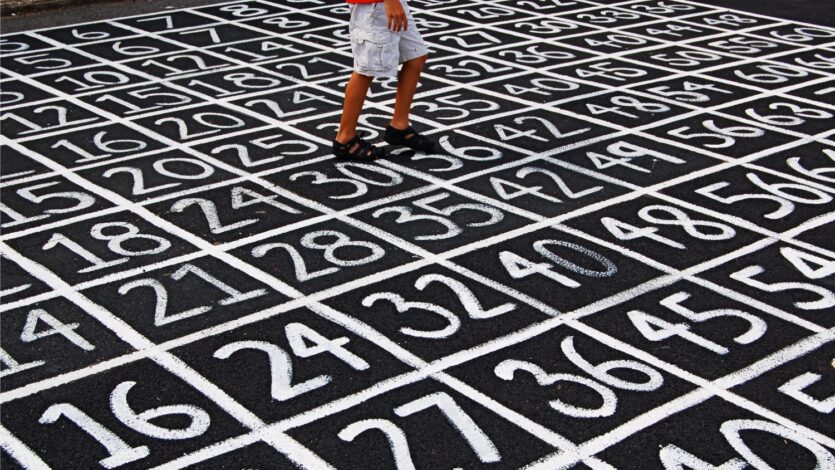
Sake
Number in Japanese Sake
On the label of Japanese Sake you can find many numbers on the label. For Sake beginners it is quite difficult to imagine the taste of Sake; even many Japanese are not familiar with those numbers regarding Sake. Nevertheless, when you choose Sake it gives you great hints once you understand those numbers. If you are thinking to start trying Japanese Sake, why don’t you study little bit about Japanese Sake and enjoy a lot more!
This time ikki delivers information about numbers in Japanese Sake and what they represent.
ABV (Alcohol By Volume)
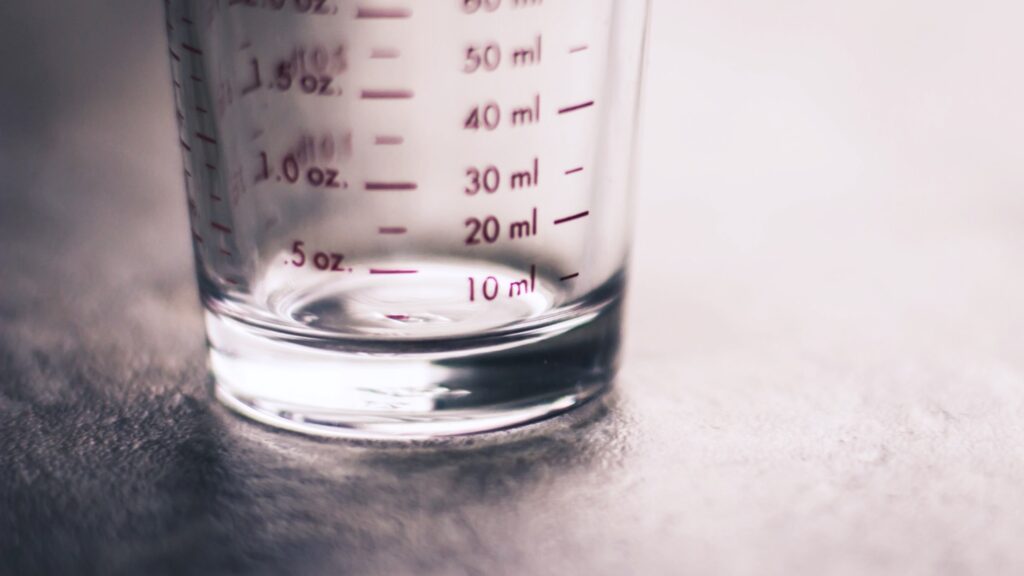
First number you probably see on the label is alcoholic content, so-called “ABV”(Alcohol By Volume). It shows how much alcohol contained in Japanese Sake bottle and shown in percentage %. According to Japanese Liquor Law, even the Sake is brewed in exactly same process of other Japanese Sake, once ABV of the sake gets more than and equal to 22% it is considered to “Liqueur” or “Miscellaneous Liquor”.
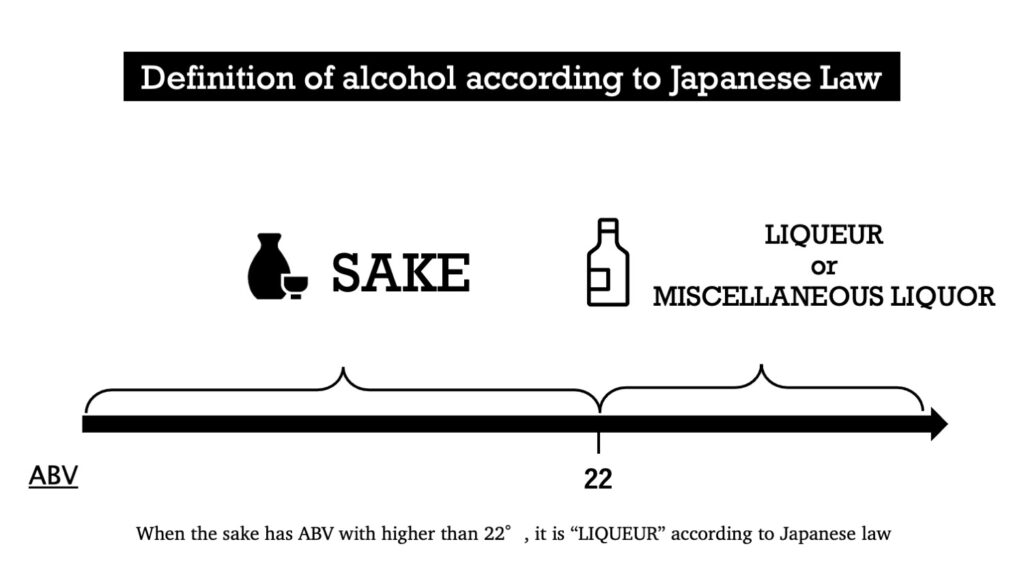
Average ABV of Japanese Sake is approximately 14~17°. As ABV gets higher, it makes you feel heavier and bodies from the Sake. On the other hand, when the Sake has lower ABV it makes you feel sweeter and lighter in your mouth. Lower ABV Sake is suitable for the beginners and those who are not good with alcohol.
Polishing Ratio
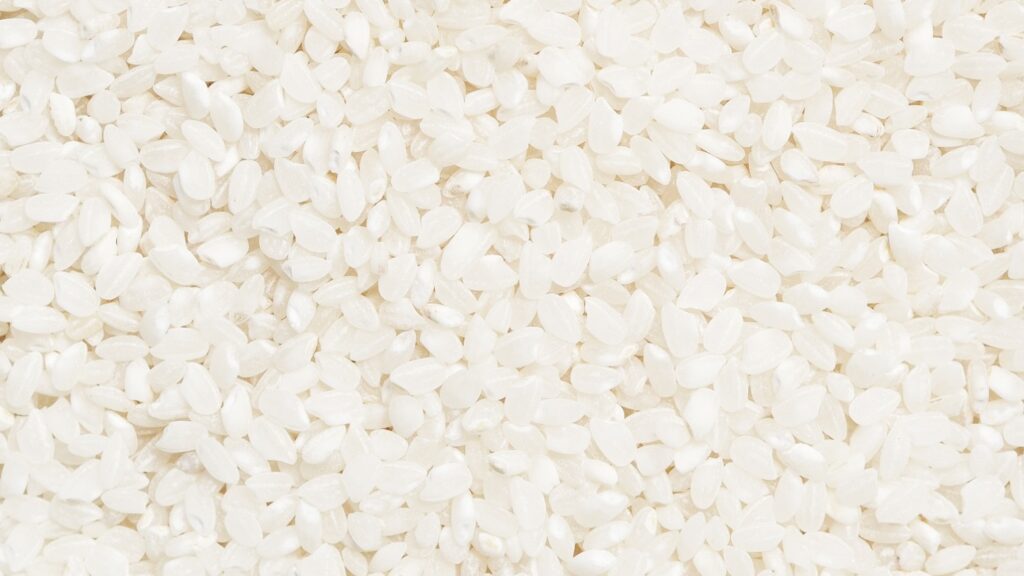
Rice is one of the main ingredients of Sake and polished in the brewing process. On the label of Japanese Sake the polishing ratio of ingredient rice is shown in percentage. According to the percentage, Japanese Sake is classified.
Polishing ratio represents “How much ingredient rice polished” and the percentage is how much rice left: NOT polished. So, if the polishing ratio of a Sake is 40% rice is polished for 60% and 40% are used to brew Sake.
In the brewing process of Japanese Sake, polishing rice is so-called “Seimai”精米. Rice can be divided in 2 major parts: inner part “Shinpaku” and outer part. Inner part of rice is mainly consist of starch which will be converted into alcohol at the end. Outer part of rice is mainly consist of minerals, lipids, vitamins which give off taste, so-called Zatsumi 雑味 in Japanese. For the classes like ginjo, diaginjo to avoid the off taste.
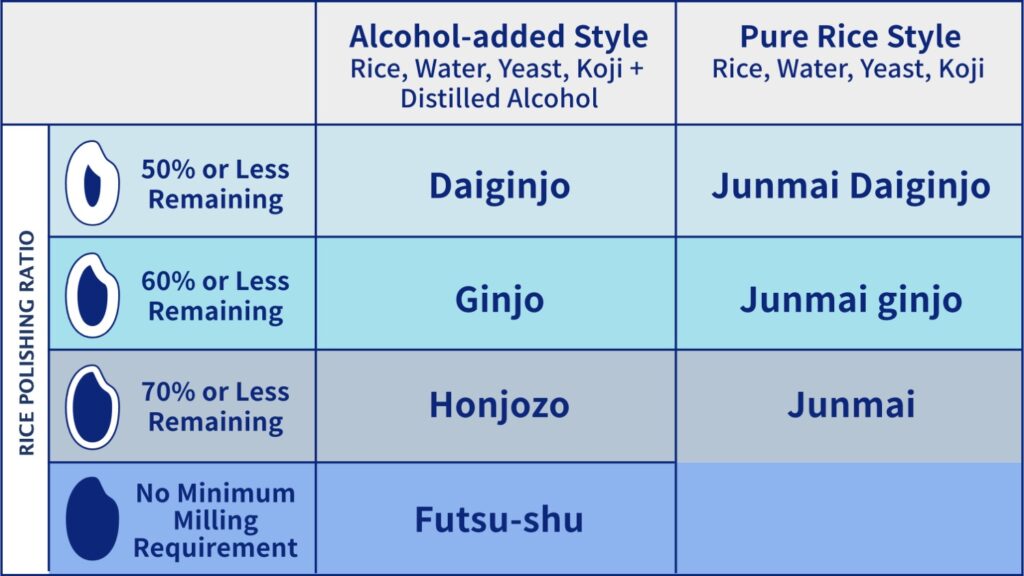
Polishing ratio is crucial for determining the class like ginjo or daiginjo. Please understand the polishing ratio to enjoy Sake more. Sometimes, there are some Sake like classified in Junmai when the ingredient rice polished 60%. Breweries can class the Sake in lower classes; Junmai Daiginjo to Junmai Ginjo or Junmai for example. It is because, for instance, if the Sake do not have ginjo aroma when they polish rice for more than 60 %, to fit the taste and aroma with the class they put lower class.
Sake Meter Value (SMV)
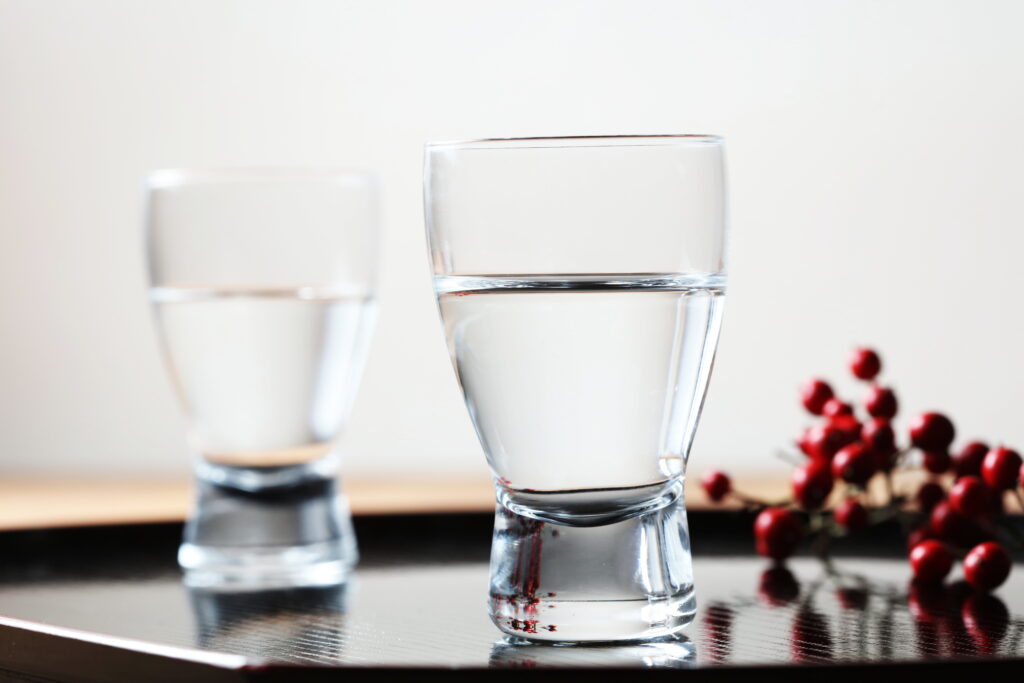
Sake Meter Value(SMV), Nihonshudo 日本酒度 in Japanese, is not the mandatory information which breweries have to put on the label, but one of the important number on the label often seen on the label. SMV represents “the indicator to find the Sake is sweet or dry”.
Sake meter value is measured with specific gravity of Sake and the equipment called Sake degree meter is used. When a hydrometer of Sake degree meter put in water at 4℃ it shows 0. Theoretically, if the Sake has lower specific gravity it shows +. Alcohol is lighter than water, but sugar is heavier. When alcohol produced in the process of brewing it consumes sugar, so specific gravity gets lower. In the other words, Sake with lower specific gravity has more alcohol and less sugar and Sake with higher specific gravity has less alcohol and more sugar. If summarize simply, Sake with more sugar, which has higher specific gravity, is sweeter.
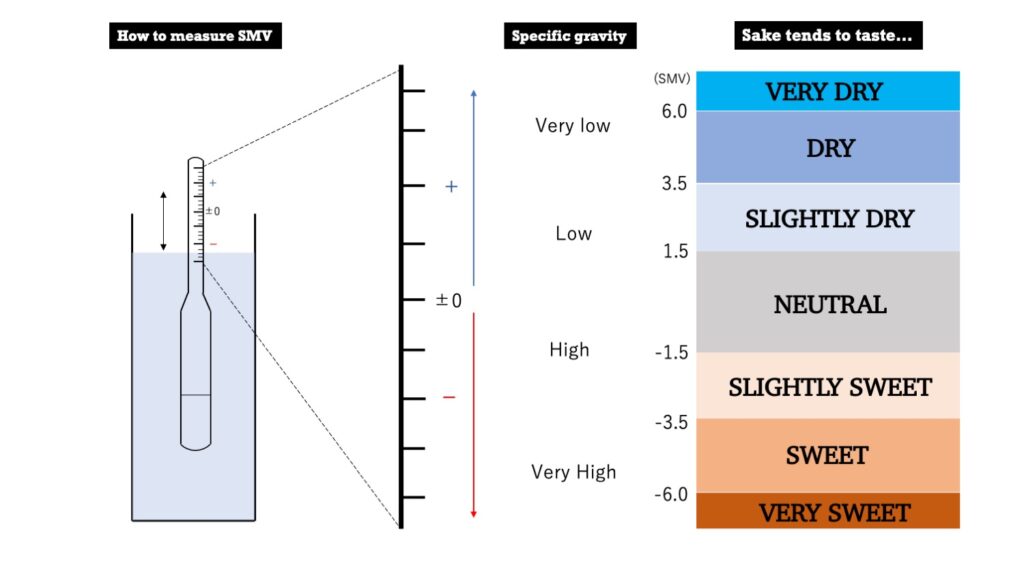
Nevertheless, please remember the taste of Sake is not always according to SMV. How we feel is also affected by other elements of Sake. Let’s see other numbers which affects the taste of Sake then!
Acidity

Acidity is also not a mandatory information but an important information often seen on the label. As you can guess, it is the number represent “How much acid contained” in Sake, and shown in %. The acid in Sake is such as succinic acid, citric acid, malic acid, lactic acid and others.
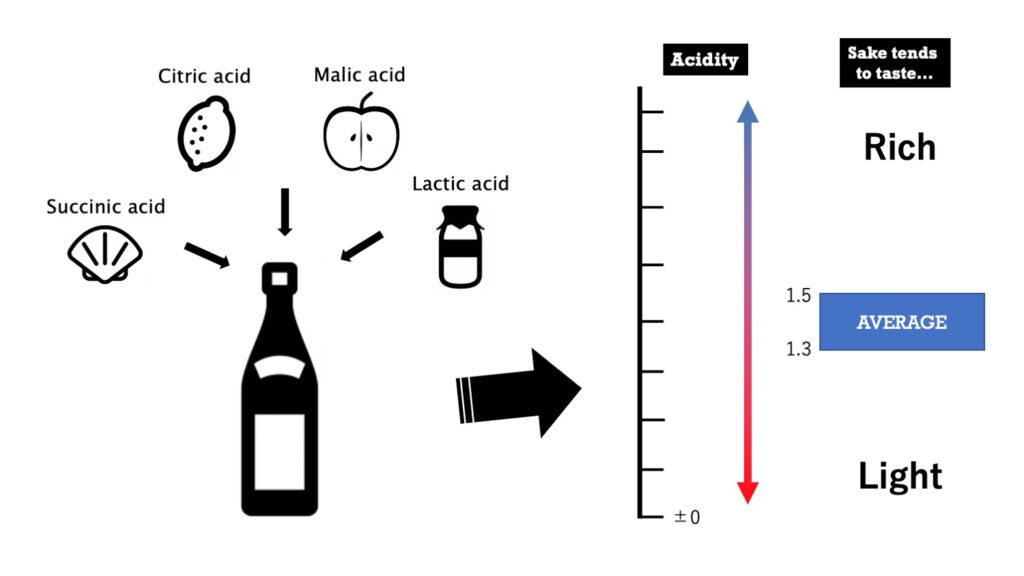
Generally, the acidity of Japanese Sake is around 0.5~3.0, and the average acidity is about 1.3~1.5. When an acidity is lower than 1.3, Sake gets softer, milder and lighter. On the other hand, when an acidity is 1.5 Sake gets juicy and rich in a taste.
Also, the type of acidity also affects how you feel. For example, malic and citric acid make Sake fresh, but lactic acid makes Sake milder.
In addition, higher the acidity Sake gets more dry and lower the acidity Sake gets sweeter in general. With the balance of SMV and acidity you can guess which type of Sake in 4 categories; rich sweet, rich dry, light sweet and light dry.
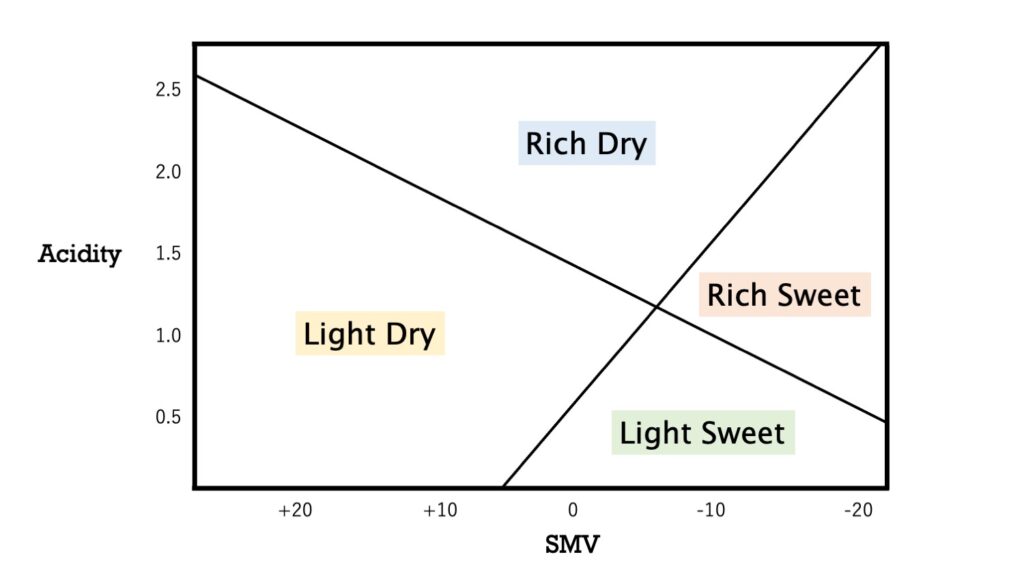
This is only a tendency and what you can guess, so please understand about those numbers and taste the Sake!
Amino Acid

At the last, Amino acid is the number sometimes seen on the label. This is not an mandatory information on the label according to Japanese Law. It shows “How much Amino Acid contained” in Sake and shown in %. In Japanese Sake, it contains more than 20 kinds of amino acid, such as arginine, glycine and glutamic acid.
Amino acid gives Umami and richness to Sake. Please imagine Japanese broth “Dashi 出汁” made of seaweed or bonito flakes; it is the taste of Umami. High level of amino acid makes Sake rich and gives bodies.
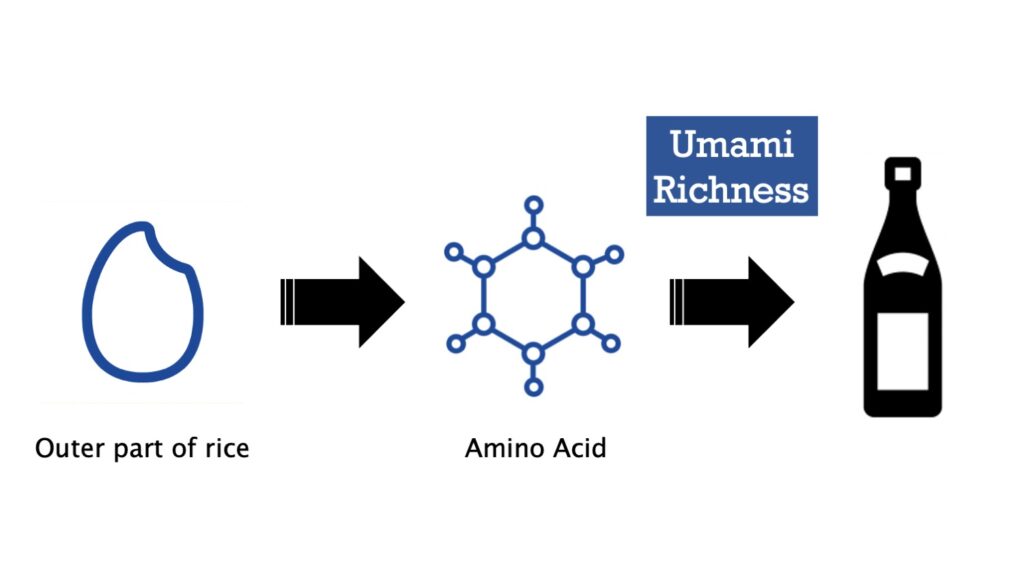
Please understand about those numbers and it will makes your Sake life more fun!
By memorizing them, you can imagine the taste of Sake more easily. So one day you can find expected Sake without tasting.
Thank you for your time, enjoy Sakeful life.
Related contents
Type of rice in brewing process Kojimai, Kakemai, Shubomai[Japanese Sake]





